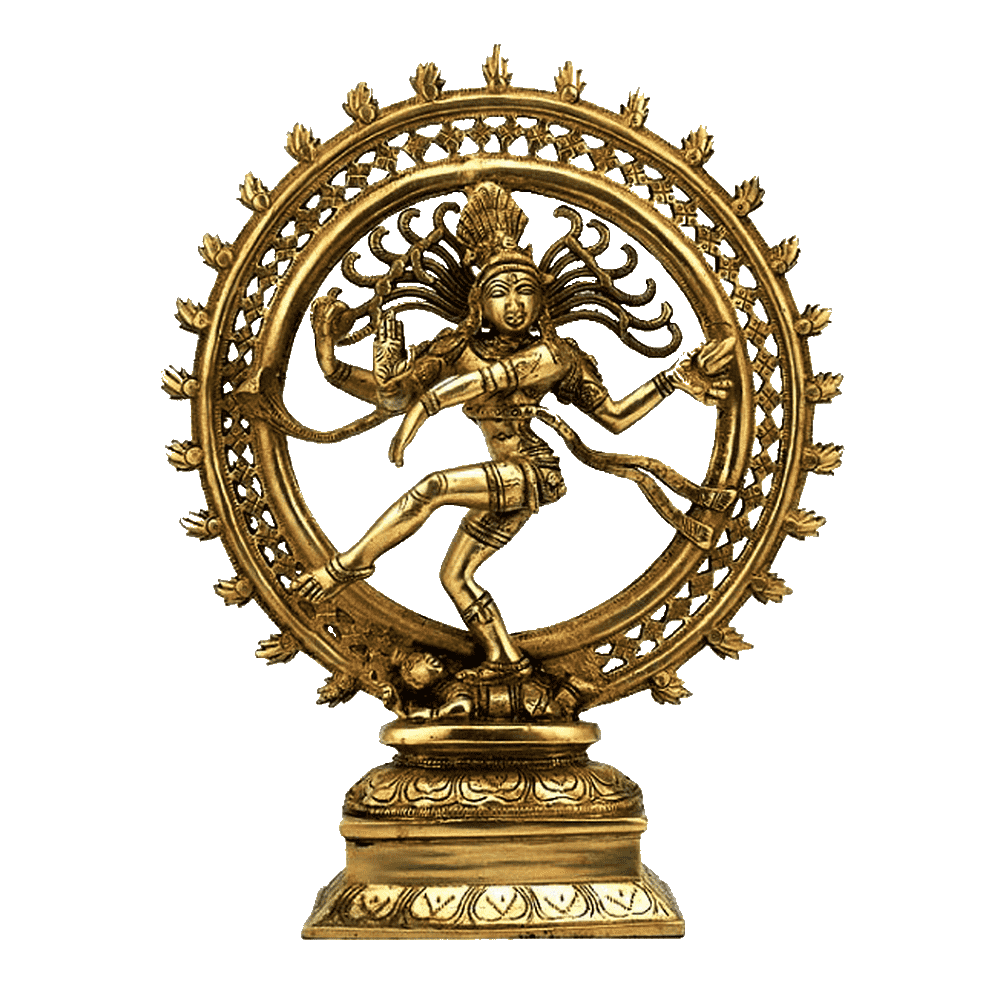
Brihad Nila Tantra
Unveiling the Esoteric Worship of the Blue Goddess
Abstract:
The Brihad Nila Tantra is a significant Tantric scripture that venerates the Blue Goddess, a form of Devi. This article explores the origins and context of the Brihad Nila Tantra, its key themes and teachings, and its enduring significance in guiding practitioners through diverse tantric practices like puja, mantra chanting, and ritual worship. Moreover, the text delves into the concept of Kundalini and its awakening, providing a profound spiritual path to self-realization.
Introduction:
The realm of Tantric scriptures is replete with ancient texts that delve into the mystical dimensions of spirituality. The Brihad Nila Tantra stands out as a sacred scripture that worships the Blue Goddess, representing the divine feminine energy. It offers seekers an esoteric path of worship and self-discovery through various tantric practices and the awakening of Kundalini energy.
Origins and Context:
The Brihad Nila Tantra is believed to have been composed during the medieval period, although its exact date of origin remains uncertain. It falls within the broader context of the Tantric tradition, which emerged as a path of spiritual realization, transcending conventional religious norms. Dedicated to the worship of the Blue Goddess, this Tantra showcases her as the embodiment of Shakti, the cosmic energy that permeates the universe.
Key Themes and Teachings:
Worship of the Blue Goddess:
The Brihad Nila Tantra primarily focuses on the worship of the Blue Goddess, who symbolizes the fierce and transformative aspect of the divine feminine. Devotees invoke her through various rituals, seeking her blessings for spiritual growth and inner transformation.
Tantric Practices:
The text outlines a diverse range of tantric practices, including puja (ritual worship), mantra chanting, and meditation. These practices serve as potent means to connect with the divine and access higher states of consciousness.
Kundalini Awakening:
A central theme in the Brihad Nila Tantra is the awakening of Kundalini, the dormant spiritual energy represented as a coiled serpent at the base of the spine. Through dedicated spiritual practices, practitioners seek to awaken and raise this Kundalini energy, leading to spiritual enlightenment and self-realization.
Inner Alchemy:
The Tantra elucidates the concept of inner alchemy, wherein the practitioner undergoes a profound transformation on both spiritual and psychological levels. This transformation is facilitated by the union of Shiva (consciousness) and Shakti (energy) within oneself.
Enduring Significance:
The Brihad Nila Tantra continues to hold enduring significance in the realm of Tantric spirituality. Its worship of the Blue Goddess as a manifestation of the divine feminine energy resonates with seekers who embrace the power of the feminine in their spiritual journey. The diverse tantric practices outlined in the text provide practitioners with practical tools to deepen their connection with the divine and accelerate their spiritual progress.
Furthermore, the exploration of Kundalini awakening serves as a guiding light for those seeking to awaken their dormant spiritual potential. The concept of inner alchemy underscores the transformative power of spiritual practices and their ability to lead individuals towards self-realization and higher consciousness.
Conclusion:
The Brihad Nila Tantra stands as a profound Tantric scripture, inviting seekers into the mystical world of the Blue Goddess and her transformative energy. Its diverse tantric practices, emphasis on Kundalini awakening, and exploration of inner alchemy make it a valuable guide for those on the path of spiritual realization. As an enduring source of wisdom, the Brihad Nila Tantra continues to inspire and empower practitioners to embrace the divine within and attain spiritual enlightenment.
Editor – Kaalchakra Team
[ Note – Before Concluding anything as a Finale, Please Go through Original Scriptures of Vaidik Literature Written in Sanskrit and Also with Meaning of That time of Language. Because English is a Limited language to Explaining the Deeper Knowledge of Vaidik Kaal. ]
